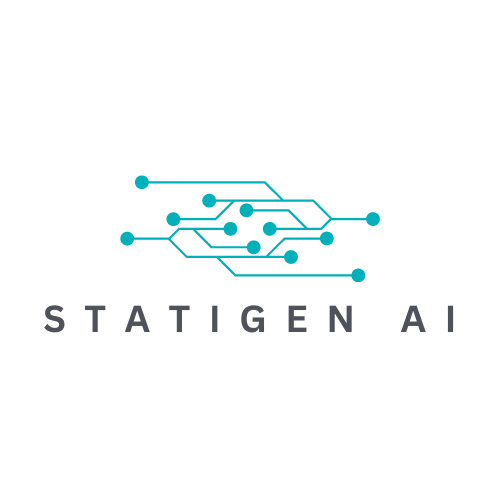Navigating Data Complexity-Series
Artificial Intelligence (AI) and Machine Learning (ML) are revolutionizing sectors from healthcare to finance. At the heart of these transformations lies the judicious use of data. However, as we venture further into this era of digitization, the complexity surrounding data continues to grow. This blog serves as the inaugural piece in a series designed to help you navigate the intricacies of data in the AI and ML landscape.
The Data Complexity Dilemma
Data is often compared to the 'new oil,' but this analogy isn't entirely accurate. Unlike oil, data is not a finite resource; it's continuously generated and stored at an unprecedented scale. However, similar to crude oil, data requires a level of 'refining' to be useful—this is where complexity sets in. Data comes in varied forms, from structured databases to unstructured text, images, and sensor data. As we dive deeper into the era of AI and ML, we face multifaceted challenges around data quality, diversity, volume, and velocity. These complexities, if ignored, can have a detrimental effect on model performance, making them less accurate, fair, and generalizable across different scenarios.
Navigating the Intricacies of Data: Statigen’s Approach
In the ever-evolving landscape of AI and ML, data complexity is not merely a theoretical concept but a stark operational reality. The mastery of data intricacies is pivotal for the development of models that are not just robust but also finely-tuned for real-world applications, offering a strategic advantage in today's competitive market.
At Statigen, we've navigated the complexities of data across various industries, from healthcare and retail to IoT and finance. Based on our extensive work in this domain, we've realized that techniques such as data normalization, feature encoding, and model optimization are not just solutions; they are essential navigational tools for traversing this complex terrain.Our experience has led us to develop best practices for tackling challenges like imbalanced datasets, high-dimensionality, and data quality issues. These best practices are not mere guidelines but have been battle-tested in our projects, providing actionable insights for real-world challenges.
Our pragmatic approach to data complexity has empowered us to deliver AI and ML solutions that are not only innovative but also highly effective and reliable.
What’s Next
This blog serves as a primer, setting the stage for a series of in-depth discussions on each facet of this complex issue. This series reflects Statigen's commitment to sharing knowledge and best practices that empower AI and ML practitioners to effectively navigate the maze of data complexities. We'll deep-dive into essential themes like Sample Sizes, Feature Engineering in High-Dimensional Data, and Covariates in Statistical Count Models, among others. Each upcoming article will provide not only a detailed exploration but also actionable insights, equipping you with the tools and methodologies that have proven successful in our projects. Stay tuned for more enlightening content that promises to equip you with the tools you need to navigate the complexities of data in AI and ML.

